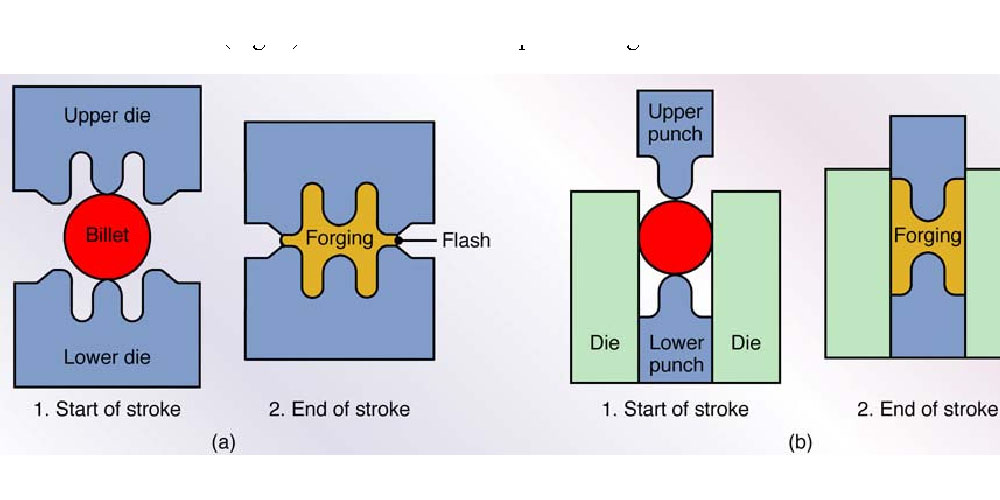Forging is a popular manufacturing technique for metals. The primary role of the forging process is to shape metal. However, a wide range of techniques can be applied to make the process go beyond shaping. One of these techniques is precision forging. In a precision forgings factory, the metals are further refined after shaping. Therefore, precision forging is usually done when a product is near completion. This post looks deeper into the precision forging process.
What is precision forging?
This is an innovative forging technique for producing flash-less and high-performance components. In precision forging, the parts are formed in isothermal conditions. This is the main difference between precision forging and other forging techniques. Conventional forging techniques take place in ambient or semi-hot conditions.
The primary aim of hot forging is to produce near-net-shape parts. This means that the final parts produced are usually very close to the design’s dimensional and surface finish. For this reason, the technique is sometimes referred to as close-tolerance forging.
It is worth mentioning that precision forging, closed dies are used. This is also a significant differentiating factor between precision forging and other conventional forging techniques. The closed nature of the die is the reason for the lack of flash. This is because the expanded material has no space to escape. In conventional forging processes, the material usually escapes from the sides of the die. With closed dies, this is impossible.
What are the benefits of precision forging?
The following are some of the main benefits of this forging technique;
1. Lower material consumption
One of the main advantages of precision forging over other die forging techniques is that it lowers material consumption by up to 60%. This is because no flash is formed in precision forging. Flash is the excess material formed on the sides of the forged part. Flash usually forms because of the expansion of the metal due to the force from the striking of the hammer. This part is usually trimmed after the striking is completed. In precision forging, there is no flash. This means that there is no wasted material.
2. Production of high-quality parts
Precision forging also helps produce high-quality parts. However, it is also worth mentioning that the material also used significantly influences the quality of the end products. Additionally, the durability of the parts is also influenced by the forging conditions and their shape.
3. Finishing
The primary distinguishing feature of precision forging is that it produces near-net products. This means that the final products do not need to be subjected to finishing processes. The qualities of the produced parts are also usually very close to the intended design and tolerance level. This is a significant advantage as it also reduces the cost of the process. This is because you can save on the finishing processes and the labor costs involved.
Conclusion
Precision forging is widely applied in the automotive industry. Hre, it is used to make car parts from expensive materials. The technique is used in this sector because of the low material consumption and wastage.

